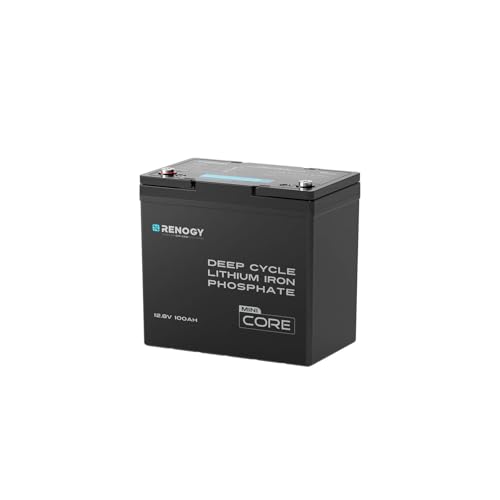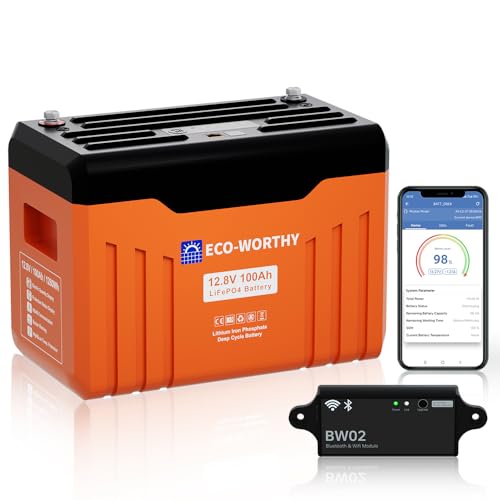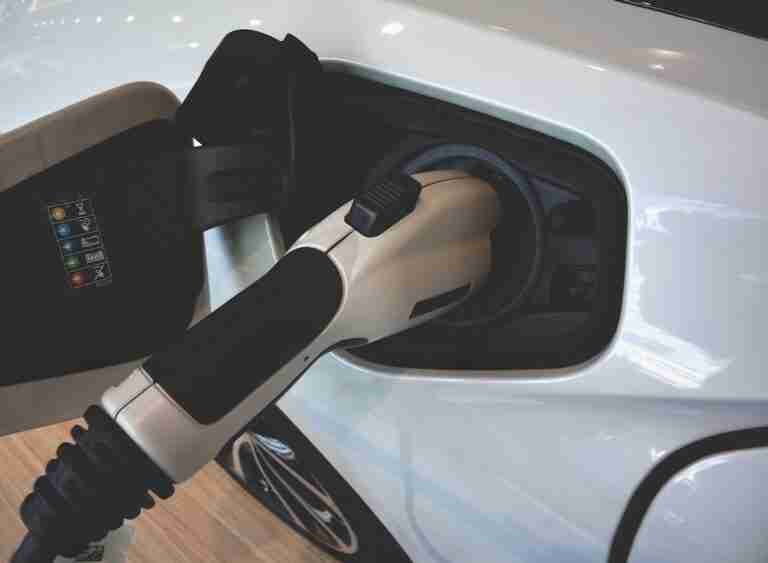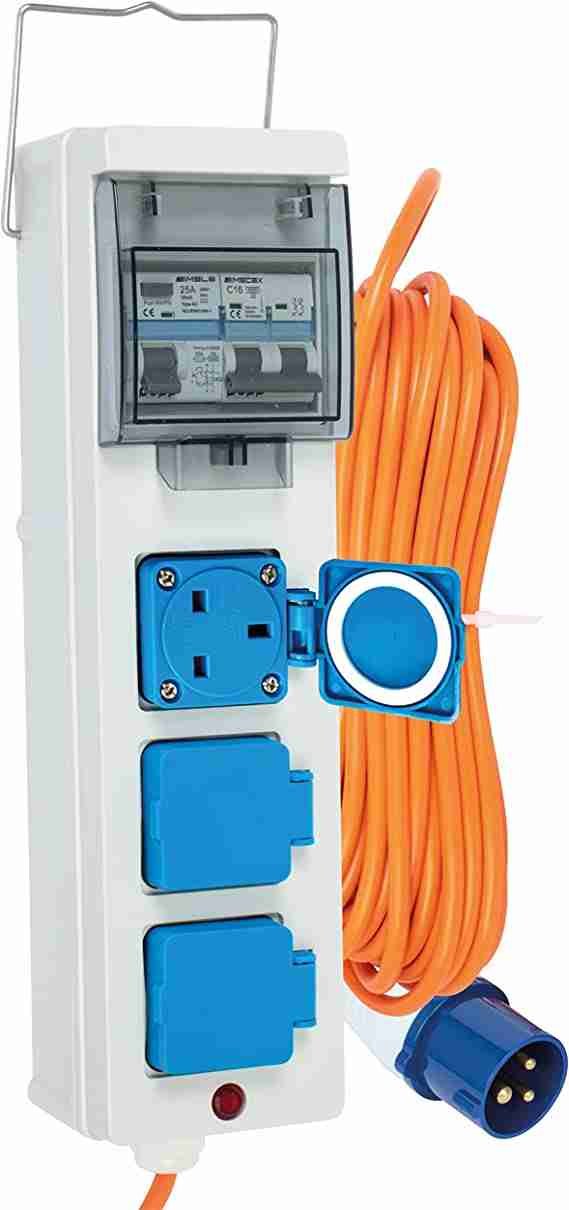LiFePO4 Leisure Battery
LiFePO4 Leisure Battery – in today’s technologically driven world, the importance of efficient and reliable energy storage solutions cannot be overstated. Among the various battery technologies available, lithium-ion batteries and LiFePO4 (Lithium Iron Phosphate) batteries have gained significant attention due to their diverse applications and advanced performance characteristics. These technologies are not only relevant for everyday consumer electronics but also play a crucial role in renewable energy systems, electric vehicles, and various industrial applications.
Lithium-ion batteries have become the standard choice for many applications, owing to their high energy density and lightweight nature. This technology utilizes lithium compounds combined with different cathode materials to achieve various performance metrics. It is particularly favored for use in mobile phones, laptops, and electric vehicles, where space and weight constraints are paramount. However, despite their advantages, lithium-ion batteries face challenges such as thermal runaway and limited lifecycle, raising concerns about safety and longevity.
On the other hand, LiFePO4 batteries are emerging as a formidable alternative, particularly in contexts where safety and thermal stability are critical. Utilizing lithium iron phosphate as the cathode material, these batteries offer excellent thermal stability, a long lifecycle, and a lower risk of overheating compared to their lithium-ion counterparts. As a result, they are increasingly being used in applications such as solar energy storage systems, electric buses, and other high-demand scenarios where performance integrity is essential.
Understanding the differences between these two types of batteries is paramount for consumers and industries alike. As technologies evolve and the demand for sustainable energy solutions increases, knowledge of battery technologies will enable better-informed decisions in selecting energy storage systems that best meet specific needs and requirements. The following sections will delve deeper into the unique characteristics, advantages, and potential drawbacks of both lithium-ion and LiFePO4 batteries, facilitating a comprehensive comparison between the two.
- 【Mini-sized Design】Up to 50% smaller than a Group 31 battery and 13% smaller than other equivalent 12.8V 100Ah mini batt…
- 【Uncompromising Safety】Featuring a 100A BMS with extensive protection against low temperature (charging), high temperatu…
- 【Towering Outdoor Performance】The integrated metallic cell spacers keep the UL-listed, EV-grade prismatic cells in posit…
- Low-Temperature Charging Protection:The ECO-WORTHY 12V 100Ah lifepo4 battery has a built-in enhanced BMS with Low Temper…
- Easy to Move: ECO-WORTHY 12.8V 100Ah LiFePO4 battery weighs only 23.15 pounds, only 1/3 the weight of lead-acid batterie…
- 10-Years Lifespan:ECO-WORTHY 100AH lithium iron phosphate battery provides 4000-15000 times deep cycles, which is eight …
- SOC And Status LED Lights: This 12V 100Ah LiFePO4 lithium battery features a convenient LED display screen that provides…
- Real-Time Monitoring: Built-in Battery Management System (BMS) with Bluetooth 5.0 for monitoring battery status. You can…
- Quickly Troubleshoot Battery Errors: ECO-WORTHY 100Ah lithium Bluetooth battery has 1.28KWH of energy, which can be expa…
What is a LiFePO4 Leisure Battery?
LiFePO4 batteries, also known as lithium iron phosphate batteries, represent a specific type of lithium-ion battery distinguished by their unique chemical composition. The primary components of LiFePO4 batteries include lithium, iron, and phosphate, which contribute to their distinct characteristics and advantages. The structure of these batteries involves inserting lithium-ion into a matrix of iron phosphate, which not only stabilizes the battery but also enhances its performance and longevity. This combination results in a more robust battery that can withstand various conditions while delivering efficient energy storage.
One of the significant advantages of a LiFePO4 Leisure battery is their inherent safety. Compared to traditional lithium-ion batteries, LiFePO4 batteries exhibit lower risks of thermal runaway, which can lead to overheating or fires. This increased thermal stability makes LiFePO4 a preferred choice for applications requiring safety, such as electric vehicles (EVs) and renewable energy storage systems. Moreover, the chemical stability of ion phosphate means that these batteries are less likely to degrade over time, ensuring a longer lifespan and reliable performance.
Another critical factor contributing to the growing popularity of LiFePO4 batteries is their environmental friendliness. The materials used in these batteries are non-toxic and widely regarded as less harmful when compared to other lithium-ion chemistries, such as cobalt-based lithium batteries. Consequently, they have a reduced environmental impact throughout their lifecycle, from manufacturing to disposal.
LiFePO4 batteries find a wide range of applications in various sectors, especially in renewable energy systems, where reliability and safety are paramount. They are also increasingly used in electric vehicles, power tools, and backup power systems, positioning them as a versatile and sustainable option in the modern energy landscape.
What are Lithium-Ion Batteries?
Lithium-ion (Li-ion) batteries are a type of rechargeable battery that have gained significant popularity across various industries, owing to their high energy density and lightweight design. Chemically, L-ion batteries are composed of a positive electrode (cathode), a negative electrode (anode), and an electrolyte. The common materials used for the cathode are lithium cobalt oxide or lithium iron phosphate, while graphite is typically used for the anode. The chemical reactions that occur during the charging and discharging process allow these batteries to store and release electrical energy efficiently.
The working principle of lithium-ion batteries is based on the movement of lithium ions between the anode and cathode. When the battery is charged, lithium ions travel from the cathode to the anode through the electrolyte. Conversely, when the battery discharges, these ions move back to the cathode, generating an electric current that powers devices. This reversible flow of ions is what makes Li-ion batteries effective for a variety of applications ranging from consumer electronics to electric vehicles.
One of the defining characteristics of lithium-ion technology is its high energy density, which enables it to store more energy per unit of weight compared to other battery chemistries. This feature results in lighter and more compact battery solutions, making them preferable for portable devices. However, lithium-ion batteries also pose certain disadvantages, primarily related to safety concerns and lifespan. Issues such as thermal runaway, which can lead to overheating and fires, have raised caution among manufacturers and consumers alike. Furthermore, the cycle life of Li-ion batteries can be limited and generally diminishes with time and usage, necessitating careful management to prolong their effectiveness.
Comparison: LiFePO4 Battery vs Lithium-Ion
When comparing a LiFePO4 leisure battery to traditional lithium-ion batteries, several key performance metrics come to the forefront. Energy density is one of the primary distinguishing factors; lithium-ion batteries typically have a higher energy density, which means they can store more energy in a given space. This feature makes them particularly attractive for applications requiring compact power solutions, such as mobile phones and laptops. In contrast, LiFePO4 batteries, while having lower energy density, excel in other areas that may be more advantageous for specific applications.
Cycle life is another critical consideration. LiFePO4 batteries boast significantly longer cycle lives, often exceeding 2,000 cycles compared to the 500 to 1,500 cycles typical of lithium-ion batteries. This extended longevity translates to a longer-lasting power solution, reducing frequent replacements and associated costs over time. Additionally, LiFePO4 batteries offer superior thermal stability and safety features, exhibiting a reduced risk of overheating and fire compared to lithium-ion variants. This characteristic makes them ideal for energy storage applications and electric vehicles where safety is paramount.
Charging time varies between the two technologies, with lithium-ion batteries typically charging faster due to their higher energy density. However, advancements in charging technology for LiFePO4 are rapidly closing this gap, making them increasingly viable for applications requiring quick recharges.
Cost also plays a significant role in the comparison. Although lithium-ion batteries are generally cheaper to manufacture, the long-term investment in LiFePO4 batteries may be justified due to their durability and safety benefits. In summary, the choice between LiFePO4 and lithium-ion batteries hinges on the specific needs of the application, whether it be energy density, safety, cycle life, or total cost of ownership, highlighting the importance of evaluating these factors carefully.
Advantages of LiFePO4 Leisure Batteries
LiFePO4 batteries, or lithium iron phosphate batteries, have gained significant attention in recent years due to their remarkable advantages over conventional lithium-ion batteries. One of the most compelling benefits of LiFePO4 technology is its exceptional safety profile. Unlike traditional lithium-ion batteries, which can pose risks such as overheating and combustion, LiFePO4 batteries are inherently stable and less prone to thermal runaway. This characteristic not only ensures the safety of the devices utilizing these batteries but also enhances the overall reliability of applications ranging from electric vehicles to stationary energy storage systems.
Another notable advantage is the extended cycle life of a LiFePO4 leisure battery. These batteries can withstand more charge-discharge cycles—commonly up to 3000 to 7000 cycles—compared to the 500 to 1500 cycles seen in traditional lithium-ion counterparts. This longevity translates into reduced replacement costs and a lower environmental impact, as fewer batteries need to be manufactured and disposed of over time.
Temperature resilience is another factor that sets LiFePO4 batteries apart. These batteries retain their performance and efficiency across a wide temperature range, generally from -20°C to 60°C. This characteristic makes them suitable for various applications, including those that operate in extreme weather conditions, thus providing reliable power when it’s needed most.
Additionally, LiFePO4 batteries exhibit low self-discharge rates. This means that when not in use, these batteries retain their charge significantly better than lithium-ion batteries, making them ideal for applications where long-term storage is critical, such as in emergency backup systems. Finally, their eco-friendliness is an important aspect to consider; LiFePO4 batteries do not contain toxic elements such as cobalt and are more easily recyclable, contributing to sustainability.
Disadvantages of LiFePO4 Batteries
Despite the numerous advantages of LiFePO4 batteries, including safety and thermal stability, it is essential to acknowledge their limitations to make informed choices. One of the most notable disadvantages is their lower energy density when compared to traditional lithium-ion batteries. Energy density refers to the amount of energy stored in a given volume or mass. In practical terms, this means that LiFePO4 batteries may require larger and heavier configurations to store the equivalent amount of energy that lithium-ion batteries can provide. This can be particularly challenging for applications where space and weight are critical factors, such as in electric vehicles or portable electronics.
Furthermore, LiFePO4 batteries tend to have a larger physical size for the same capacity as their lithium-ion counterparts. This bulkiness may limit their usage in certain scenarios where a compact form factor is desired. Consequently, users may need to reassess the design and engineering parameters of their devices to accommodate these larger batteries. This could lead to increased production complexities and potential increases in overall design costs.
Another significant concern surrounding LiFePO4 technology is the potentially higher upfront costs compared to lithium-ion batteries. While the long-term operational costs might be favorable due to their longer life cycle and resilience, the initial investment in LiFePO4 batteries can deter consumers and businesses from choosing this alternative. Consequently, while LiFePO4 batteries may present a sustainable and safe option, their initial expense can be a barrier to adoption for many, impacting widespread implementation in various sectors.
Those considering switching to LiFePO4 batteries should weigh these disadvantages against the benefits to determine the most suitable battery technology for their needs.
Applications of LiFePO4 Batteries
LiFePO4 batteries, known for their remarkable safety profile and longevity, are becoming increasingly prevalent across various sectors. One of their most significant applications is in renewable energy systems, particularly solar energy. These batteries serve as vital energy storage solutions, enabling users to harness solar energy during peak production hours and utilize it during times of high demand or when the sun is not shining. This capability promotes energy independence and enhances the sustainability of solar energy initiatives.
In addition to renewable energy, LiFePO4 batteries are gaining traction in the electric vehicle (EV) industry. Their ability to withstand high temperatures while offering stable discharge rates makes them an ideal choice for powering electric cars. Many leading EV manufacturers are incorporating LiFePO4 technology to enhance safety and extend vehicle range. This shift not only contributes to the growing electrification of transportation but also aligns with global efforts to reduce carbon emissions and combat climate change.
Another important application of LiFePO4 batteries is in backup power systems. These batteries provide reliable energy storage for homes and businesses, ensuring that essential services remain operational during power outages. Their long cycle life and low self-discharge rates enhance user confidence in deploying these systems as reliable backup solutions. Numerous case studies illustrate how industries ranging from healthcare to telecommunications have benefited from integrating LiFePO4 batteries to maintain operational continuity.
Furthermore, LiFePO4 technology is making inroads into portable electronics, where extended battery life and safety are paramount. Devices such as laptops, power tools, and mobile power banks increasingly utilize LiFePO4 batteries to achieve longer runtime without compromising user safety. The versatility and adaptability of LiFePO4 batteries across these varied applications underscore their significance. As technological advancements continue to emerge, it is expected that additional sectors will increasingly adopt LiFePO4, driving further innovation in energy storage solutions.
Future of Battery Technology: The Role of LiFePO4
The evolution of battery technology is pivotal in addressing the global demand for sustainable energy solutions. Among the various alternatives available, Lithium Iron Phosphate (LiFePO4) batteries are rapidly gaining traction due to their safety profile, thermal stability, and longevity. These characteristics position LiFePO4 as an attractive candidate for future applications, ranging from electric vehicles to renewable energy storage systems.
Currently, the market is witnessing a significant shift towards greener technologies, and LiFePO4 batteries are at the forefront of this transition. Research and development efforts are focused on enhancing the performance of LiFePO4 batteries by improving energy densities and charge/discharge rates. Innovations such as advanced manufacturing techniques and novel materials are expected to increase the efficiency of these batteries. This ongoing research is essential for making LiFePO4 batteries competitive against conventional lithium-ion batteries, which dominate the market today.
Another key aspect contributing to the future of LiFePO4 technology is its environmental benefits. Unlike lithium-ion batteries, which can pose challenges in terms of recyclability and toxicology, LiFePO4 batteries are more sustainable. The abundance of iron and phosphate allows for easier sourcing, reducing the reliance on precious minerals and decreasing the overall ecological footprint. This shift is not only beneficial for manufacturers but also aligns with global sustainability goals sought by industries and policymakers alike.
Market trends indicate a growing acceptance of LiFePO4 technology across multiple sectors, particularly in energy storage systems for renewable sources such as solar and wind. With the decline in production costs and the advent of battery-as-a-service models, the feasibility of integrating LiFePO4 batteries into existing infrastructures has improved. As innovation persists, it is anticipated that LiFePO4 batteries will challenge the supremacy of lithium-ion batteries, ushering in a new era in energy storage solutions that prioritizes safety and sustainability.

Conclusion: Making the Right Choice
When evaluating the differences between LiFePO4 batteries and traditional lithium-ion batteries, it becomes evident that both technologies possess unique characteristics that cater to distinct applications and user needs. A careful analysis of the factors involved is crucial in guiding a conscious choice.
One significant factor to consider is safety. LiFePO4 batteries are renowned for their thermal stability, which significantly reduces the risk of overheating and fires—issues that have been more prevalent in certain lithium-ion batteries. Hence, for applications where safety is paramount, LiFePO4 is often the preferred option. In addition, environmental considerations also bear weight in the decision-making process. LiFePO4’s composition affords a more eco-friendly alternative, minimizing the impact on landfills and ecosystems, thus appealing to environmentally conscious consumers and industries.
Performance metrics also play a vital role. While lithium-ion batteries often offer higher energy density, LiFePO4 batteries excel in longevity and stability, boasting longer cycle life and consistent performance across various conditions. Users who anticipate frequent charge and discharge cycles may find LiFePO4 batteries align better with their needs. Furthermore, cost considerations cannot be ignored; while LiFePO4 batteries might have a higher initial investment, their longevity and efficiency can yield better long-term value compared to lithium-ion batteries.
Ultimately, the decision between LiFePO4 and lithium-ion batteries should be informed by an individual’s specific requirements such as safety, environmental impact, performance, and overall cost. Weighing these factors will empower users to choose the battery technology that best aligns with their unique applications, ensuring satisfaction with their investment.









